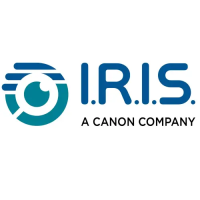4-4 IRIS OWNER’S GUIDE
SERIES 3000 Version 1.0
Workstation Administration
root::0:0:Superuser:/:/bin/csh
rootcsh::0:0:Superuser:/:/bin/csh
rootsh::0:0:Superuser:/:/bin/sh
daemon:*:1:1::/:
bin:*:2:2:Binary Files:/:
uucp:*:3:5:UUCP Login Account:/usr/spool/uucppublic:/usr/lib/uucp/uucico
adm:*:5:3:Administration:/usr/adm:
iris::7:0::/:/bin/tesh
uucpadm:*:8:8:UUCP Administration:/usr/lib/uucp:
lp:*:9:9:Line Printer:/:
mexdemos::996:997::/usr/people/mexdemos:/bin/csh
demos::997:997::/usr/people/demos:/bin/csh
guest::998:998::/usr/people/guest:/bin/csh
games:*:999:999:Games:/usr/games:/bin/sh
steve::11:20:Steve Brown:/usr/people/steve:/bin/csh
Figure 4-1: Sample /etc/passwd File
Be sure that the new entry contains a unique account name, a
unique user number, and a group number. The user number is
used to assign ownership of files to that user.
The group number is the group identification given to the user at
login. When the user logs in, he or she has access to a pool of files
shared by all users in that group.
The group number corresponds to the groups in the file /etc/group
(see group(4)). The /etc/group file shipped on the workstation has
group number 20 set to user; this is a default group number to use
for new users.
Leave the password field empty. The system encrypts the password
and adds it to the file when the user establishes a password (see
step 4). In Figure 4-1, the asterisks (*) in the password fields for
some accounts prevent those names from being used as login
accounts.
Ordinarily, the home directory in field 6 is the user’s own directory
(see step 2). The login shell in field 7 can be either the C shell
(/bin/csh) or the Bourne shell (/bin/sh). The default is the Bourne
shell.
For example, to add a new account for a user named jose to the
sample file in Figure 4-1, you might enter this line:
jose::10:20:Jose Aranda:/usr/people/jose:/bin/csh
See passwd(4) for more information.

